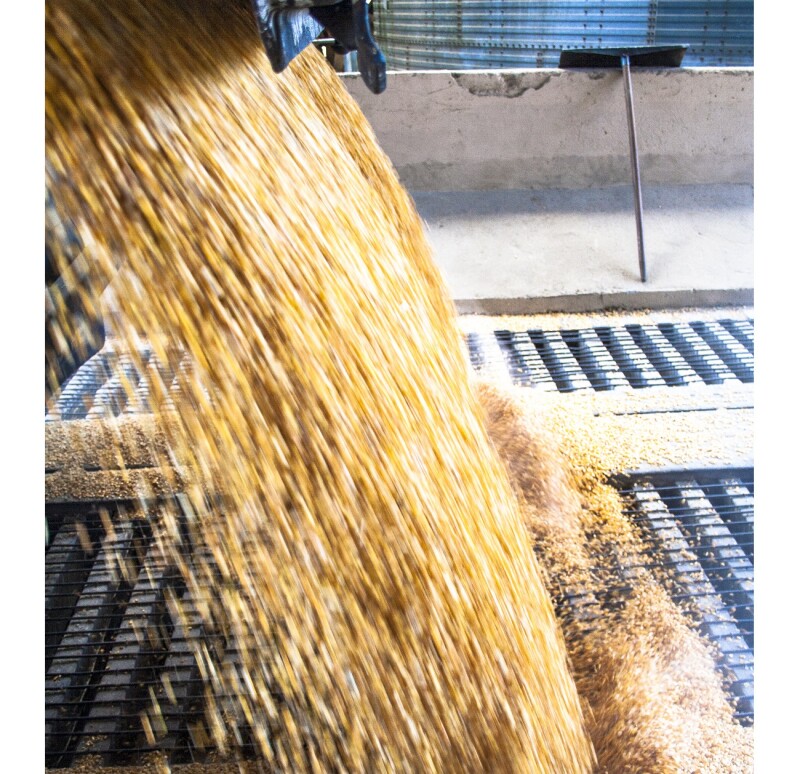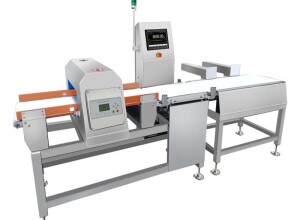Automated Process Equipment Corporation (United States) - Press Release: Powder flow problems cause frustration and hours of expensive downtime. They can also damage machines, create backups, and produce sub-par products. Some types of materials, machines, and working conditions make powder flow problems more likely. We’ve identified the most common powder flow control problems and flow control solutions to help you solve these troublesome inefficiencies. We’ve updated this blog post in 2021 to address material characteristics in addition to powder flow control problems and solutions.
In this article, you’ll find:
- Problem: No Flow
- Problem: Low Flow
- Problem: Decreasing Flow
- Problem: Material Flooding
- Problem: Damage to Feeder
- Problem: Clumping
- Importance of Powder Properties
6 Most Common Powder Flow Problems and Flow Control Solutions:
1. Problem: No Flow:
Under normal operating conditions, the material should flow through the system without interruption. If no-flow alerts are a regular occurrence, the system is not optimally designed for either the material or the environment. This may occur in environments with high humidity, materials with high moisture content, solid materials that are irregularly shaped, or materials with certain coatings.
Solution: Agitation:
Depending on the cause of the no-flow problem, a few solutions are available.
- A mechanical agitator before feeder entry
- Vibrator added to hopper
- Air pads to aerate product
Each of these are long-term solutions that will ultimately save your time and money by eliminating downtime. When making these upgrades, make sure to conduct proper testing. Consider carefully where and how to mount the devices, and how often they should operate to be most effective.
2. Problem: Low Flow:
This powder flow problem may go unnoticed for long periods since it doesn’t directly cause downtime. However, insufficient flow can affect all downstream systems. Low flow may be caused by obstructions above the feeder, or misalignments. This may also occur if the materials are too thick or the feeder is too small.
Solution: Bigger or faster feeder:
The ideal flow control solutions for this problem will either expand the feeder to increase volume at slower speeds, or speed up the feeder to push more material through faster.
- Upgrade to larger feeder
- Add variable frequency drive
- Change reducer on drive
3. Problem: Decreasing Flow:
Some powder flow problems do not cause a sudden stop, but rather a slow reduction in material flow. Unlike other powder flow problems which are caused by materials sticking together, this is generally caused by materials sticking to the feeder because of static build-up.
Solution: Eliminate static:
This is a particularly common problem in fast-moving, dry materials, but flow control solutions to this problem are generally easy to implement.
- Ground the feeder frame to prevent static build-up
- Use electro-polish on feeder
- Add Teflon coating to feeder
4. Problem: Material flooding:
If too much material is getting through or the material floods after shut-off, this can also cause production problems downstream, or result in inconsistent products. These flow control solutions create the opposite effect of the previous three, but they are implemented in similar ways.
Solution: Slower, interrupted feed:
Upgrading the hopper or attached systems can stop flushing and flooding.
- Vent hopper to reduce aeration
- Install slide gate or butterfly valve at discharge point
- Smaller feeder
- Lower drive speed
- Incline the feeder
5. Problem: Damage to feeder:
If your system takes more damage and needs more repairs than comparable equipment, the materials or the system may be to blame. This may be a bulk solids or powder flow problem, and it can be caused by too much abrasion or improper system construction.
Solution: Slower speeds, stronger system:
This flow control solution can be implemented by either slowing down the product or reinforcing the system.
- Lower drive speed
- Install larger feeder to slow materials
- Add liner or coating to system
6. Problem: Clumping:
When powders lump together, they can form a clump and a clog at varying points in the process. This can cause some of the previously mentioned powder flow problems, but it is also a problem by itself. When powders clump together, they won’t mix properly, they can harbor bacteria pockets that withstand heat, they can create empty pockets in storage units, and more.
Solution: Reduce cohesion:
Powders may clump together for many reasons, including high humidity, static electricity, or reduced product quality. Take a closer look at the powder and see what may be causing the cohesion. Analyze the circumstances when and where clumping occurs the most; is the environment very humid or dry? Does it occur during one process, but not the next? Did a particular shipment clump more than others? This analysis will help you target the cause of the cohesion, so you can solve it.
Importance of Powder Properties:
The equipment design and build plays an important role in preventing or solving powder flow problems. However, it’s also important to consider the characteristics of the material as well. When your equipment manufacturer has a good understanding of the material characteristics of the powder, they can build the optimal machinery to prevent powder flow problems.
Before working with your equipment manufacturer, it’s helpful to have measurements on the following powder characteristics, where applicable. Details on these characteristics can help an experienced equipment manufacturer anticipate problems. There are many physical properties of powders, and which properties are most important will depend on the process and the industry. In this case, we’re considering the physical properties of food powders for human or animal consumption.
- Density: There are multiple aspects of a powder’s density that can affect how it is stored, how it flows, and how it’s processed. The bulk density, particle density, loose bulk density, and compact density may be important, depending on the process. In general, you should at least have measurements for the powder’s bulk density.
- Flowability: This physical property will particularly affect how the powder moves from one process to the next, and how it settles within a container. There are several properties within flowability that may be important, including angle of repose and how the product settles. A product with a steep angle of repose will not fill a vertical container evenly, so it may require additional safeguards.
- Cohesion: This is an aspect of flowability, however its importance earns it its own category. The propensity of a powder to form lumps will significantly affect how it’s stored and processed. Cohesion may occur through a powder’s natural stickiness, through static charge, through moisture, or through other means. If moisture is a key element of cohesion, it will also be important to measure the powder’s hygroscopy.
- Aeration: This is another aspect of flowability, which also deserves its own category. If a powder is prone to aeration, it will become loose and create dust easily. These types of powders should not be subjected to freefall, as they will create dust and powder explosion hazards. For these types of powders, dust suppression equipment will be particularly important.
- Particle uniformity: Particle size and the variation between particle size also affect how the material flows and how it’s processed. If two particular particles can vary in size and shape significantly within the powder, the powder will be prone to separation, which can affect product quality.
- Abrasion: Many powders can be deceptively abrasive. A powder that may seem soft in our hands can become damagingly abrasive at higher velocities and in high volumes. Powders with abrasive characteristics will need special equipment considerations, such as special linings or coatings, so the equipment doesn’t wear out prematurely.
If you’ve inherited a system that constantly sees problems, or your materials have changed and it’s created new issues, consider these solutions. If you’re building a new system, take advantage of testing and proper construction beforehand and these powder flow problems will never occur. With the right material testing before installation, you can be sure that your system is made for your materials before it arrives.





























Interested? Submit your enquiry using the form below:
Only available for registered users. Sign In to your account or register here.